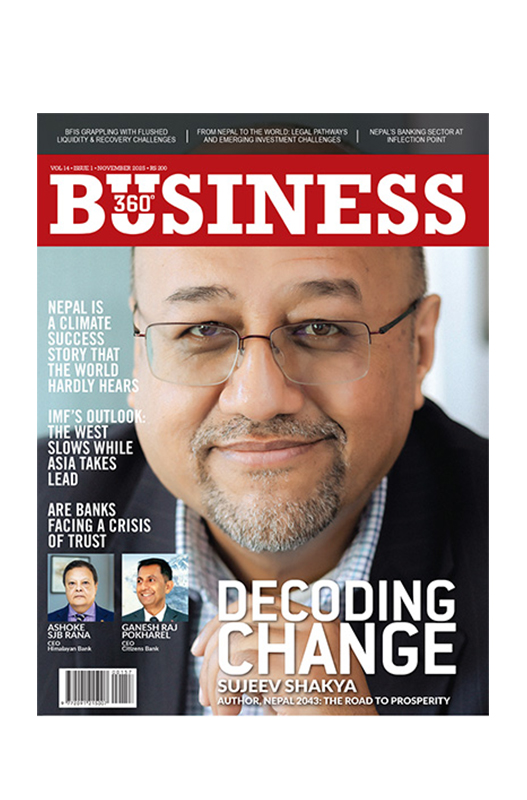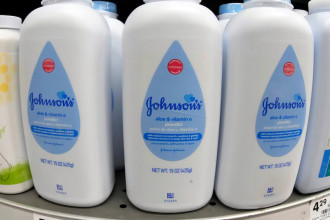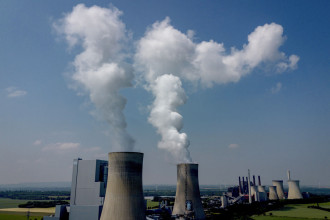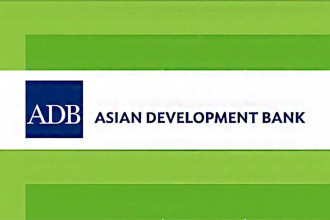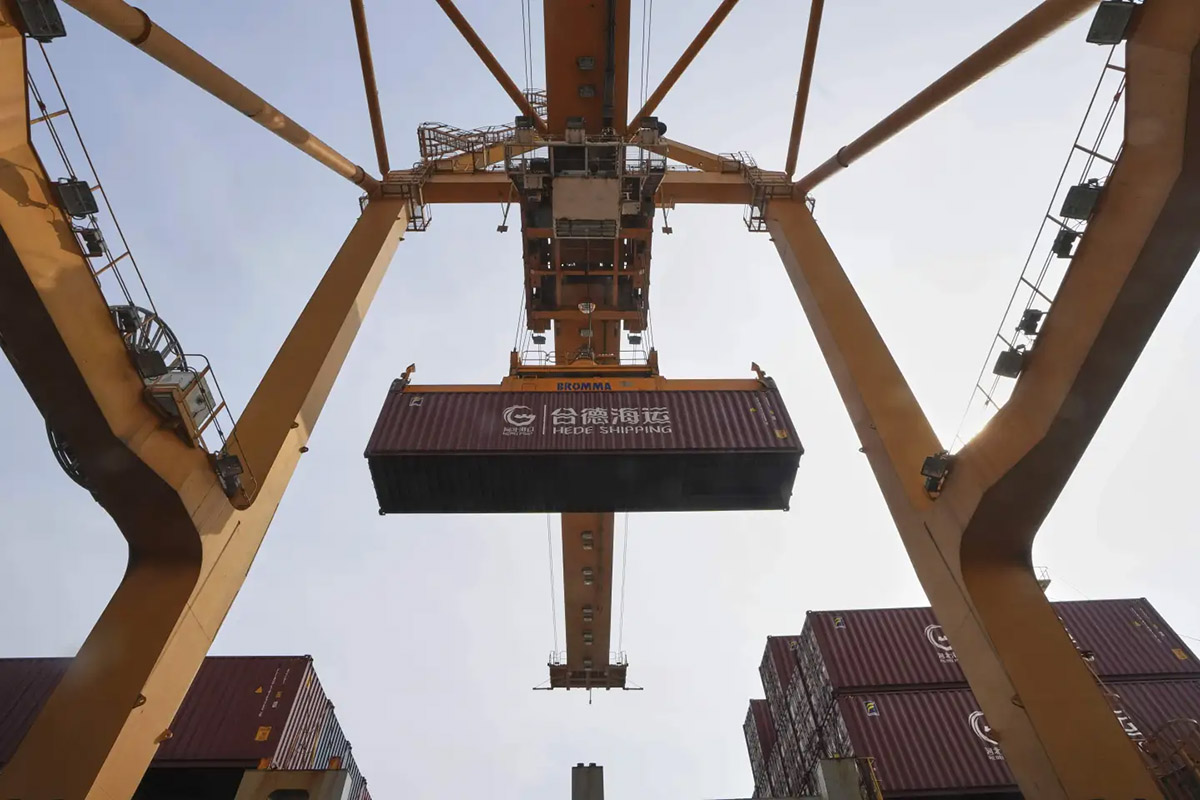
FRANKFURT, GERMANY: The Trump administration states that the sweeping tariffs it unveiled on April 2, then postponed for 90 days, have a simple goal: forcing other countries to drop their trade barriers to US goods.
However, President Donald Trump’s definition of trade barriers extends beyond tariffs imposed on the US by other nations, including areas not typically associated with trade disputes. These include agricultural safety requirements, tax systems, currency exchange rates, product standards, legal requirements, and border bureaucracy.
Trump has given countries three months to present concessions before tariffs ranging from 10% to over 50% come into effect. Tariffs on China are already in place.
On many of these issues, securing agreements will be difficult or, in some cases, impossible for certain countries to lower their tariff rates.
Additionally, trade officials from targeted nations privately express uncertainty about the Trump administration’s specific demands in negotiations.
Vice President JD Vance announced that India has agreed to the terms of trade talks with the United States, but other countries are still working to define the parameters of potential negotiations. The White House has outlined conflicting objectives for its import tariffs: increasing revenue, bringing manufacturing back to the US, securing greater access to foreign markets, and achieving large-scale changes in other nations’ tax and regulatory policies.
Non-tariff areas targeted by the administration
Currency exchange rates
Trump has accused Germany, China, and Japan of "global freeloading" by—according to him—devaluing their currencies to make exports cheaper.
The European Central Bank has been cutting interest rates to support growth, which could also weaken the euro, although the ECB maintains that it does not target the exchange rate.
In Japan, the Bank of Japan has been gradually raising rates after years of keeping them at zero or negative levels, which should strengthen the yen against the dollar. The US dollar recently fell to 140 yen, down from approximately 160 yen last summer. Shrikant Kale, a strategist at Jefferies, predicts the dollar may drop to 120 yen within 18 months.
Farm products
Agricultural import safeguards have long been a contentious issue with US trade partners. Japan restricts rice and potato imports, the EU bans hormone-treated beef and chlorine-disinfected chickens, and South Korea prohibits beef from cows older than 30 months.
US potato growers have sought access to Japan’s potential $150 million market for table potatoes, but Japan has delayed providing a list of concerns to US negotiators. National Potato Council CEO Kam Quarles argues that Japan’s delay is politically motivated to protect domestic growers. "If Japanese politicians perceive the pain from Trump’s tariffs as worse than the domestic political fallout, they may agree to a deal," Quarles said. "But if they perceive the domestic impact to be worse, we’ll be stuck where we are."
South Korea’s beef restrictions were initially introduced to prevent bovine spongiform encephalopathy, or mad cow disease. Despite the US becoming the largest beef exporter to Korea, the 30-month rule remains in place due to public opposition dating back to mass protests in 2008.
"It’s still politically sensitive due to the backlash in 2008. I believe the government will proceed with caution," said Jaemin Lee, a professor of law at Seoul National University and an expert in trade issues.
Taxation
Trump has criticised value-added tax, or VAT, as a burden on US companies. However, economists argue that VAT is trade-neutral as it applies equally to imports and exports. Unlike sales taxes, VAT is calculated at each stage of production and paid by the final purchaser at checkout.
Trump’s view could lead to higher tariffs on European countries, where VAT rates exceed 20%, as well as on more than 170 countries using the system. The US does not impose VAT, instead relying on individual state sales taxes.
There is little likelihood that countries will amend their tax systems to accommodate Trump’s concerns. The EU has stated that VAT is not negotiable.
"Domestic taxation has not traditionally been a topic in trade negotiations, as it is directly tied to national sovereignty and economic policies," trade expert Lee noted. "It’s difficult to understand why VAT has become a focal point in trade discussions."
Product standards
US officials have raised concerns about Japan’s refusal to recognise US vehicle safety standards and its distinct testing procedures for automotive equipment.
Japan also subsidises its domestically designed ChaDeMo plug standard for electric vehicles, forcing foreign manufacturers to use outdated technology to qualify for the subsidy.
Bureaucracy
The administration’s latest trade assessment frequently references concerns about excessive bureaucratic hurdles for US exports. Complaints include delays in obtaining permission to export seafood to Japan, Japan’s requirement for wheat imports to be sold through a government entity, and restrictive quotas limiting US rice imports.
Many of these regulatory challenges have existed for years, raising doubts about whether 90 days is enough time to resolve them.
US pharmaceutical firms have criticised South Korea’s drug import system, while automakers highlight unclear environmental equipment standards that expose only importers to criminal penalties for violations.
Buy American
Despite the extensive list of non-tariff issues, analysts suggest the administration’s primary focus may be elsewhere—on Trump’s efforts to reduce trade deficits, where the US imports more than it exports.
The proposed solution may involve foreign nations purchasing more US goods—such as energy and soybeans—or establishing additional production plants in the US.
US energy exports to Europe are already substantial, and Trump has suggested a potential $350 billion in EU gas imports. However, last year’s liquefied natural gas exports to the EU totalled $13 billion, and Europe is aiming to reduce fossil fuel reliance in the long term.
The real agenda
Some experts believe Trump’s push on non-tariff barriers primarily serves to justify the administration’s high tariffs.
"It’s just an excuse to rationalise my tariffs," said Tobias Gehrke, senior policy fellow at the European Council on Foreign Relations.
While trade officials and industry representatives engage in discussions on agricultural safety and other regulations, Gehrke argues that Trump’s administration has broader ambitions.
"They don’t care about chlorinated chicken regulations in Europe or food standards," he said. "They have much bigger objectives."
"They want European companies to significantly move production to America… and export to Europe from the US. That would alter the trade balance."
"If that’s the primary goal, then there’s no real deal to be had on non-tariff barriers."
By RSS/AP


